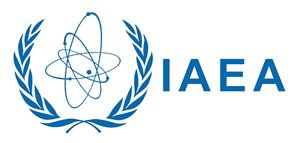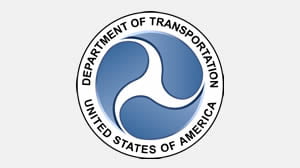RSS feed source: International Atomic Energy Association--Nuclear & Radiological Events
Workers Exceeded Annual Dose Limit
Print View Posted on: 17 July 2025
Event Date: 08 April 2025 Event Type: Irradiation/Accelerator Facility Event Location: United States of America, Noblesville, Indiana/ Curium US LLC INES Rating: 2 (Final)
On April 8, 2025, two workers were performing waste handling activities in a hot cell basement of a cyclotron facility that produces strontium-82 from metallic rubidium targets. One worker removed a high-level liquid waste container from a shielded barrel and placed the unshielded container on the ground adjacent to the work area, where activities continued for approximately 15 minutes. Both workers’ electronic dosimeters alarmed for high dose soon after the container was removed from shielding; however, neither worker noticed these alarms because of the personal protective equipment they had donned, including respirators. Radiation surveys were performed upon entry to the area and prior to removing the container from shielding, but not again until after the workers left the area and noticed the excessive doses recorded on their electronic dosimeters. Radiation dose rates on contact with the waste container exceeded 9.99 Sv/hr (999 R/hr), which was the upper limit of available instrumentation. The licensee later
Click this link to continue reading the article on the source website.



